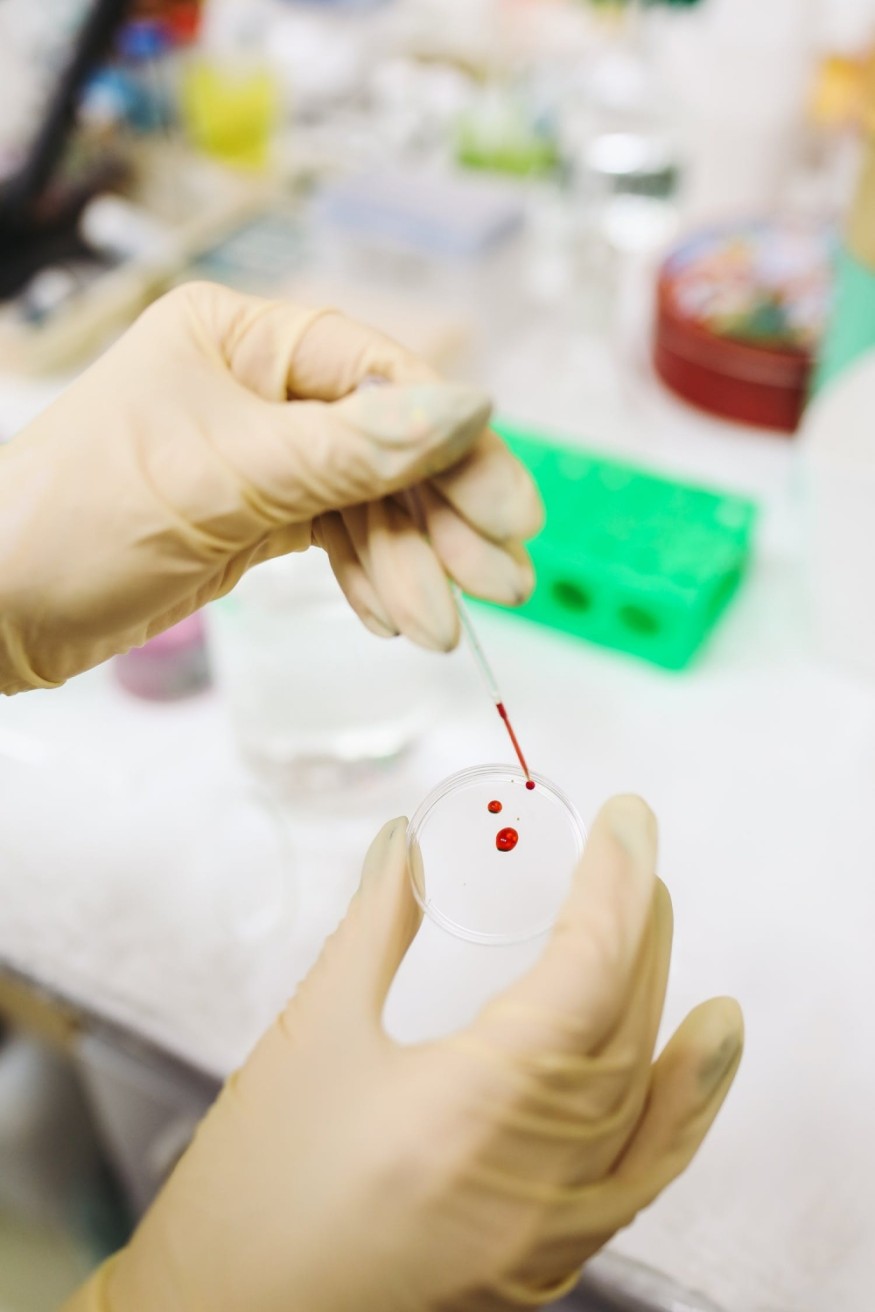
Superbugs, or drug-resistant microbes, have become a significant health problem. Drug-resistant bacterial pathogens kill at least 700,000 people each year due to drug-resistant infections, which includes 230,000 deaths due to multi-drug-resistant TB or tuberculosis. It is projected that if action is not taken against it, the death toll could reach 10 million annually by 2050.
A new device has been invented that could help health professionals detect and treat deadly infections. Engineers from Rutgers University created a cheap, transparent multiplexed miniature device that can rapidly detect pathogenic bacteria in the blood. With this invention, health professionals can identify causes of deadly bacterial infections quickly and accurately so that they can initiate targeted and effective treatments.
This invention can rapidly isolate, retrieve, and concentrate bacteria from body fluids, which it then filters and captures. A stacking of magnetic beads with small voids in between them efficiently traps, concentrates, and retrieves bacteria, which physically isolates them. Escherichia coli (E. coli) has been isolated using the device with the use of pig plasma and bacterial suspension. Around 86% of bacteria and particles can be retrieved with it.
With the use of machine learning, computational fluid dynamics, and 3D or three-dimensional tomography, engineers have probed the bead stacking within a small 3-D space with differing flow rates. Different sizes of beads were combined to attain a high capture efficiency of 86% at a 50 μL per minute flow rate. By leveraging the device's high deformability, a bacterial sample may be collected from the bacterial suspension through a rapid magnetic separation following the application of higher flow rates.
It is relatively easy to fabricate the device and operate it, which makes it ideal for use in laboratories and other health care settings for quickly detecting pathogenic bacteria in patients. It is currently undergoing modifications by engineers who are working on perfecting it.
Ruo-Qian (Roger) Wang is a Department of Civil and Environmental Engineering assistant professor in the School of Engineering at Rutgers University-New Brunswick and is also a co-author of the study. The research was published in the ACS Applied Materials and Interfaces journal and was conducted by scientists from the Rochester Institute of Technology. Wang stated that the device would help in improving health care by rapidly identifying bacteria so that the right drugs can be administered early, and the probability of survival will increase.
According to the researchers, the study has demonstrated how the system exhibits very high capture efficiency for bacteria and has a capacity for on-chip aggregation in samples with lower concentrations. They added that the retrieval and concentration process in the buffer does not alter the bacteria's properties.
The researchers also stated that the system is applicable in many technological and medical applications, which include rapid detection of drug-resistant bacteria found in body fluids, monitoring of drinking water, and food safety.
The study benefited from collaboration and contribution from scientists from the State University of New York, Binghamton, University of Alabama, Tuscaloosa; China's Tsinghua-Berkeley Shenzhen Institute; and Carollo Engineers, Inc.
© 2025 NatureWorldNews.com All rights reserved. Do not reproduce without permission.





